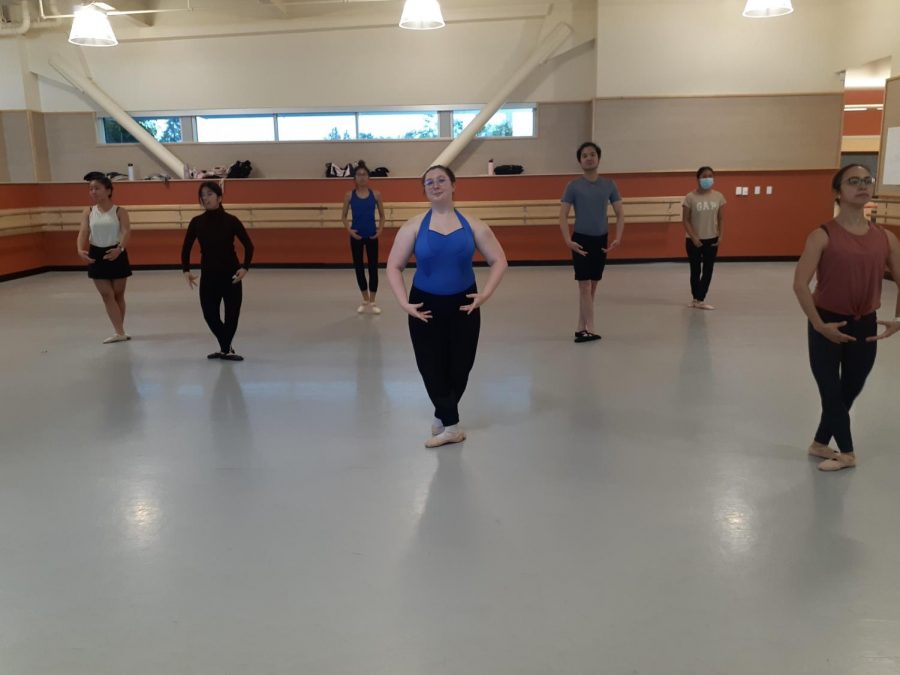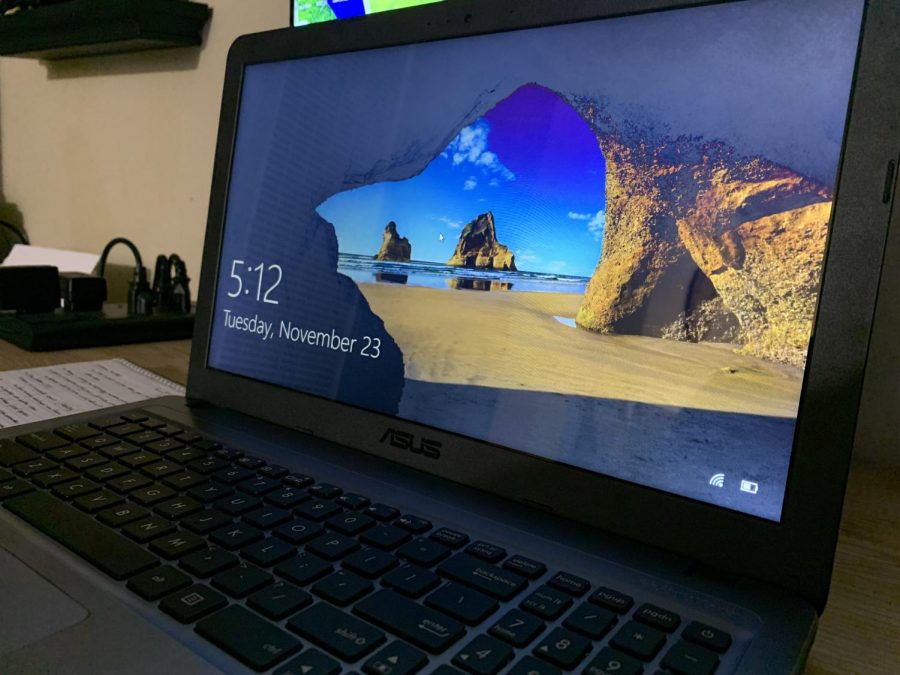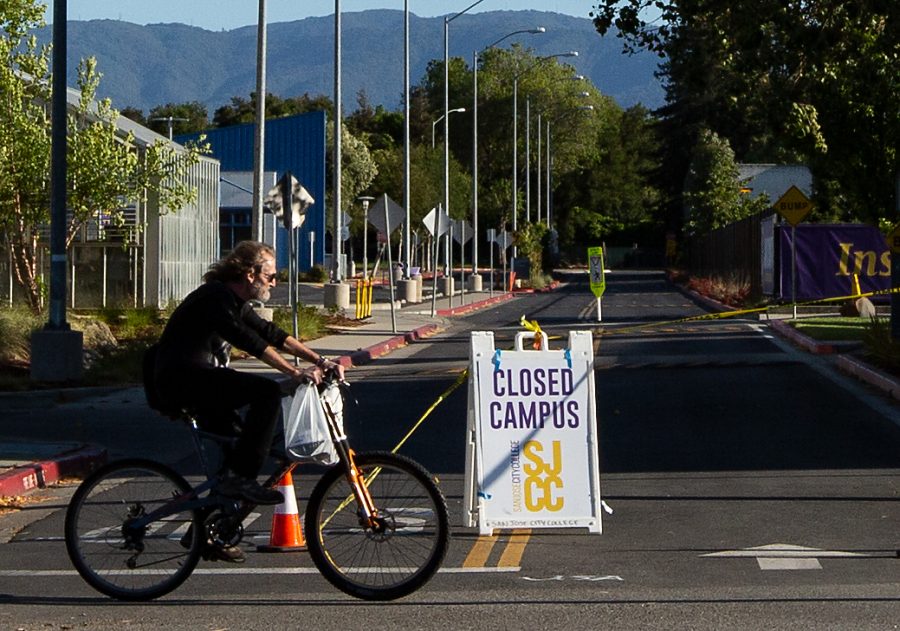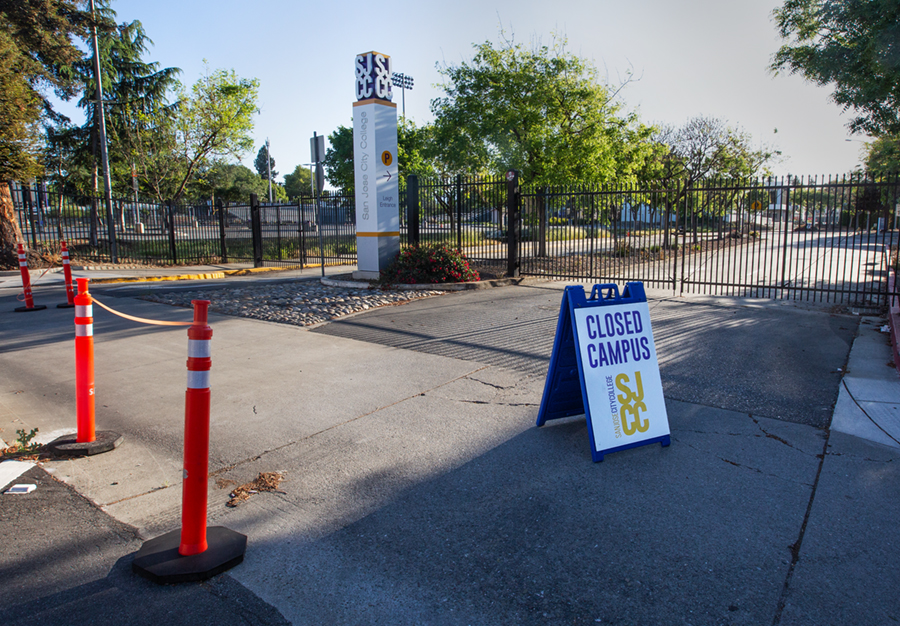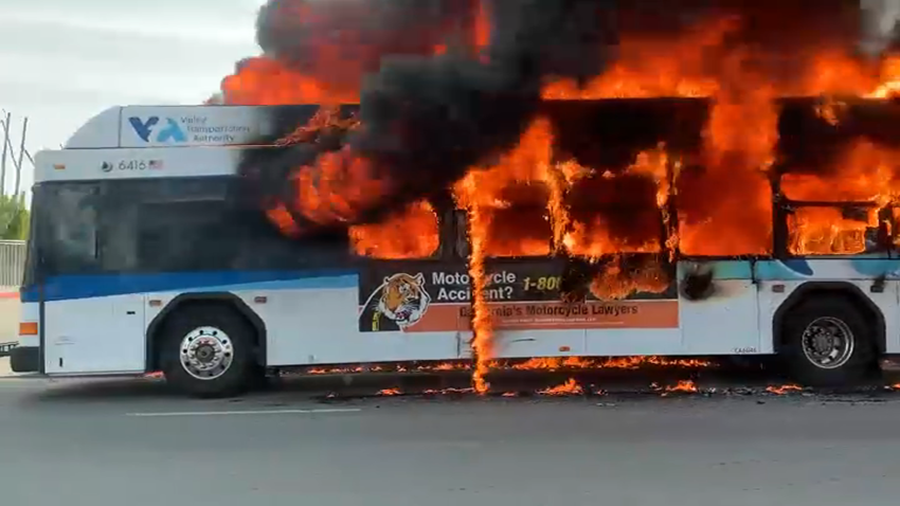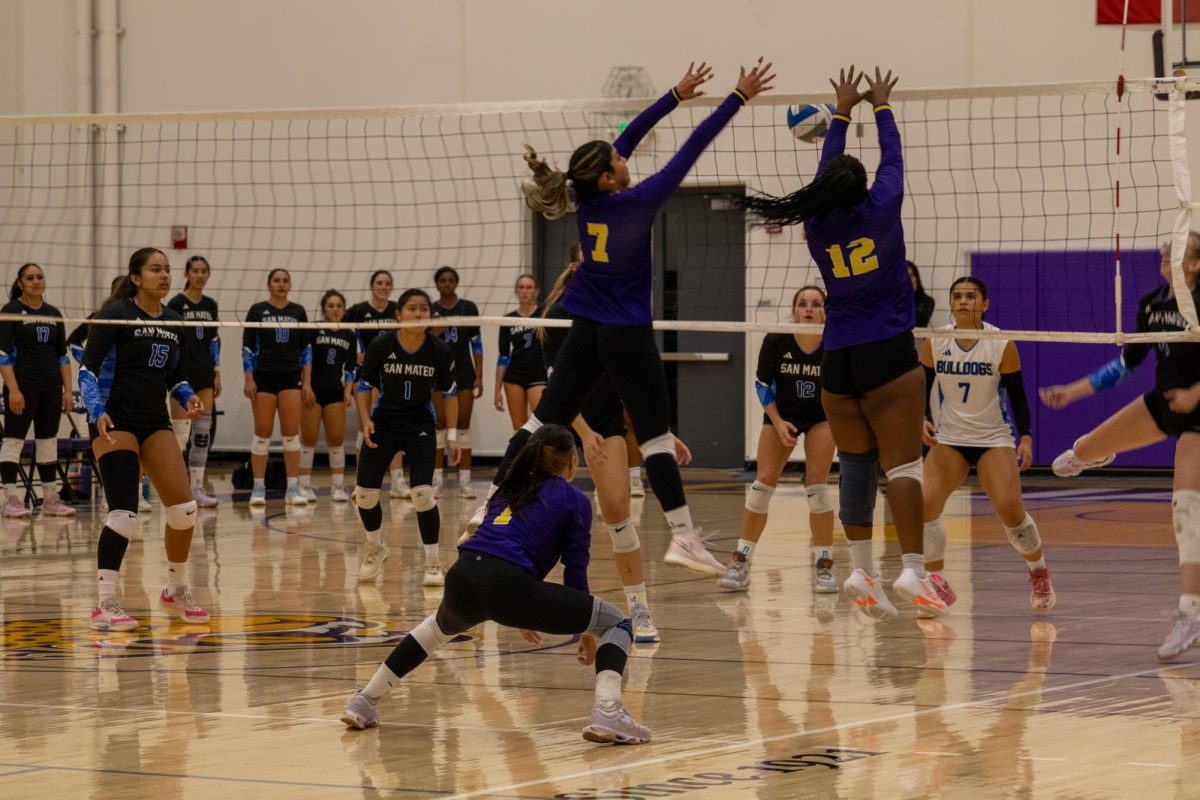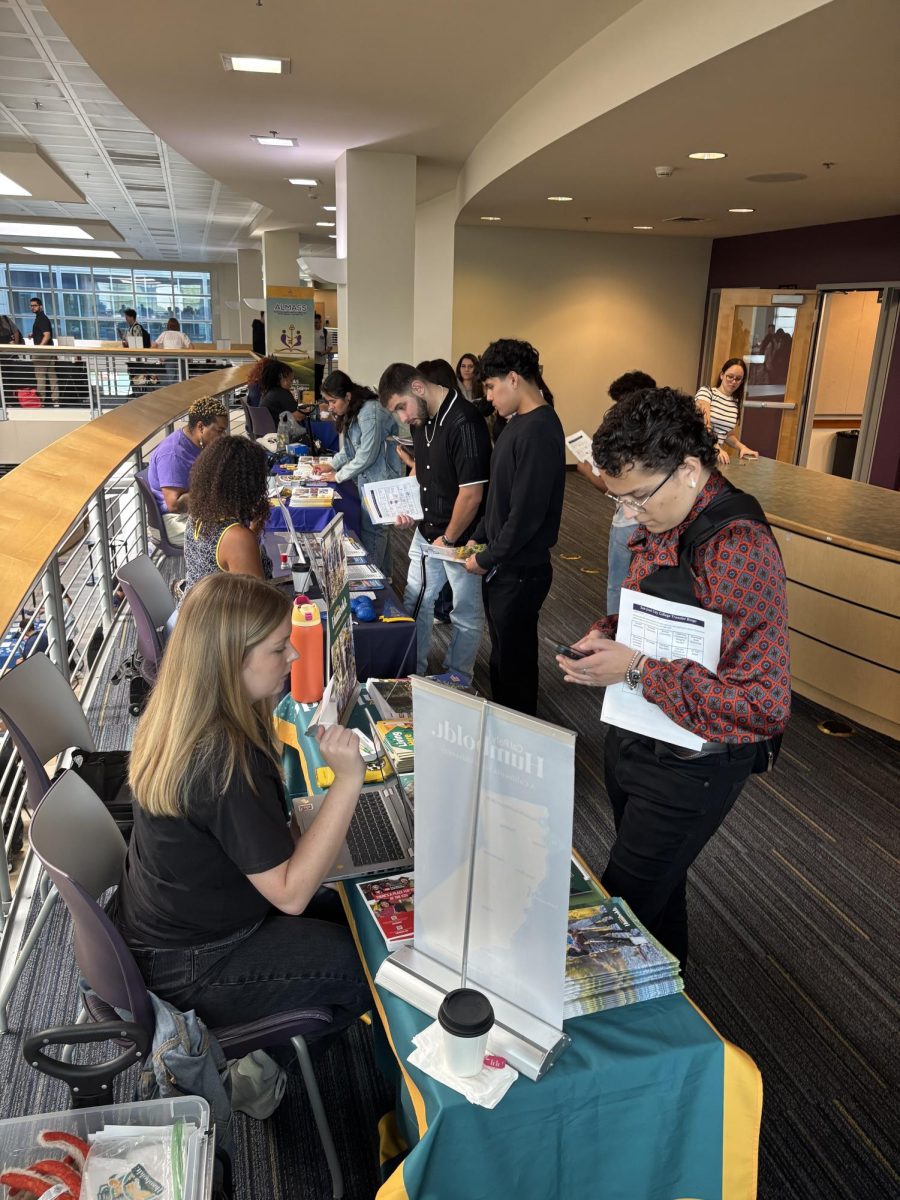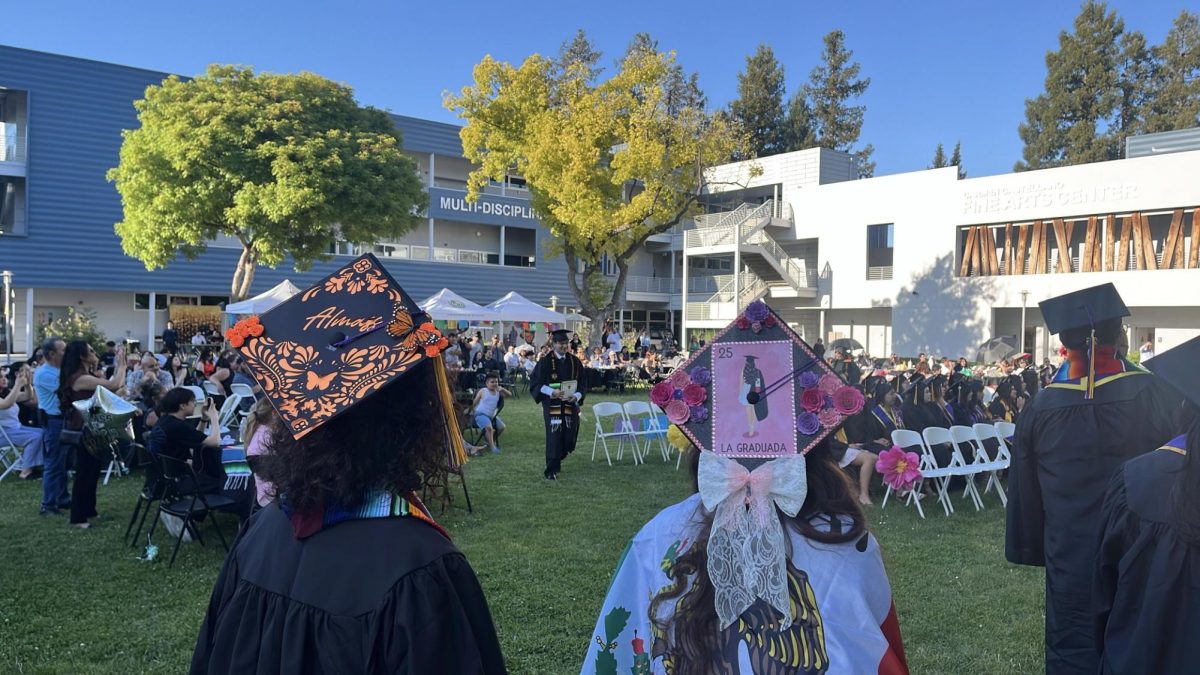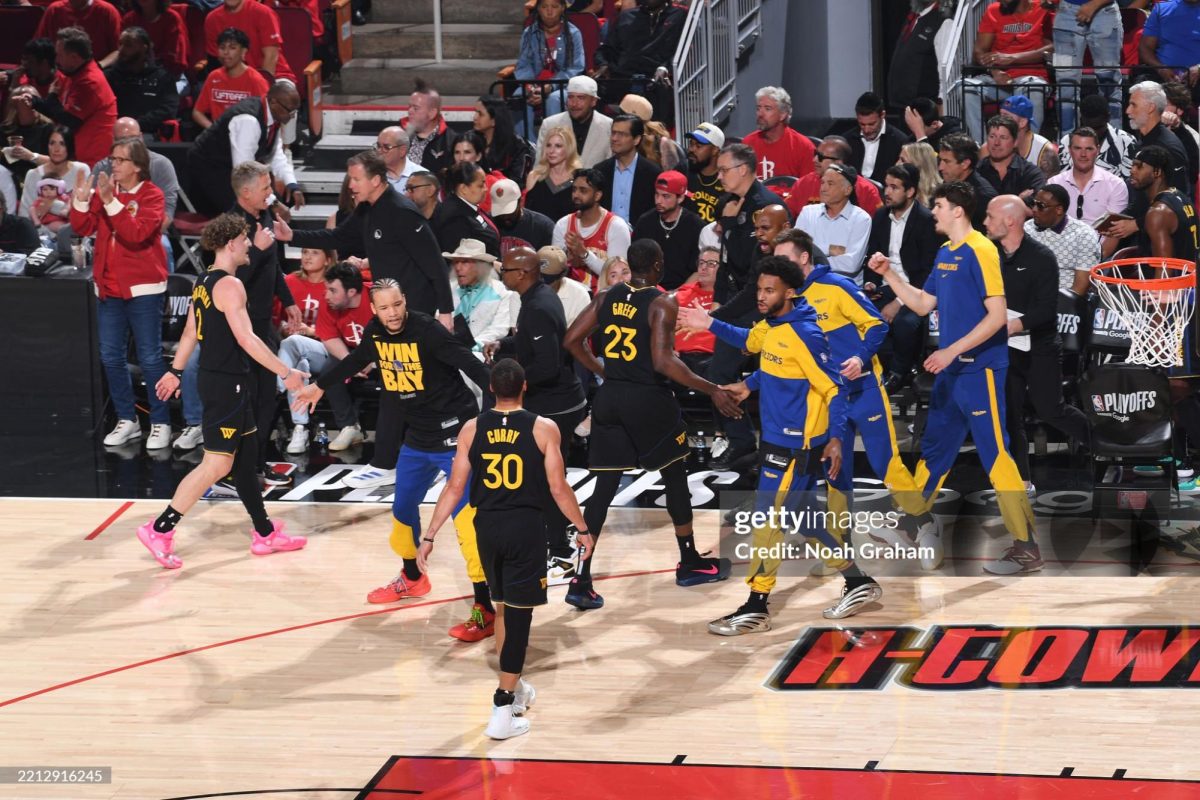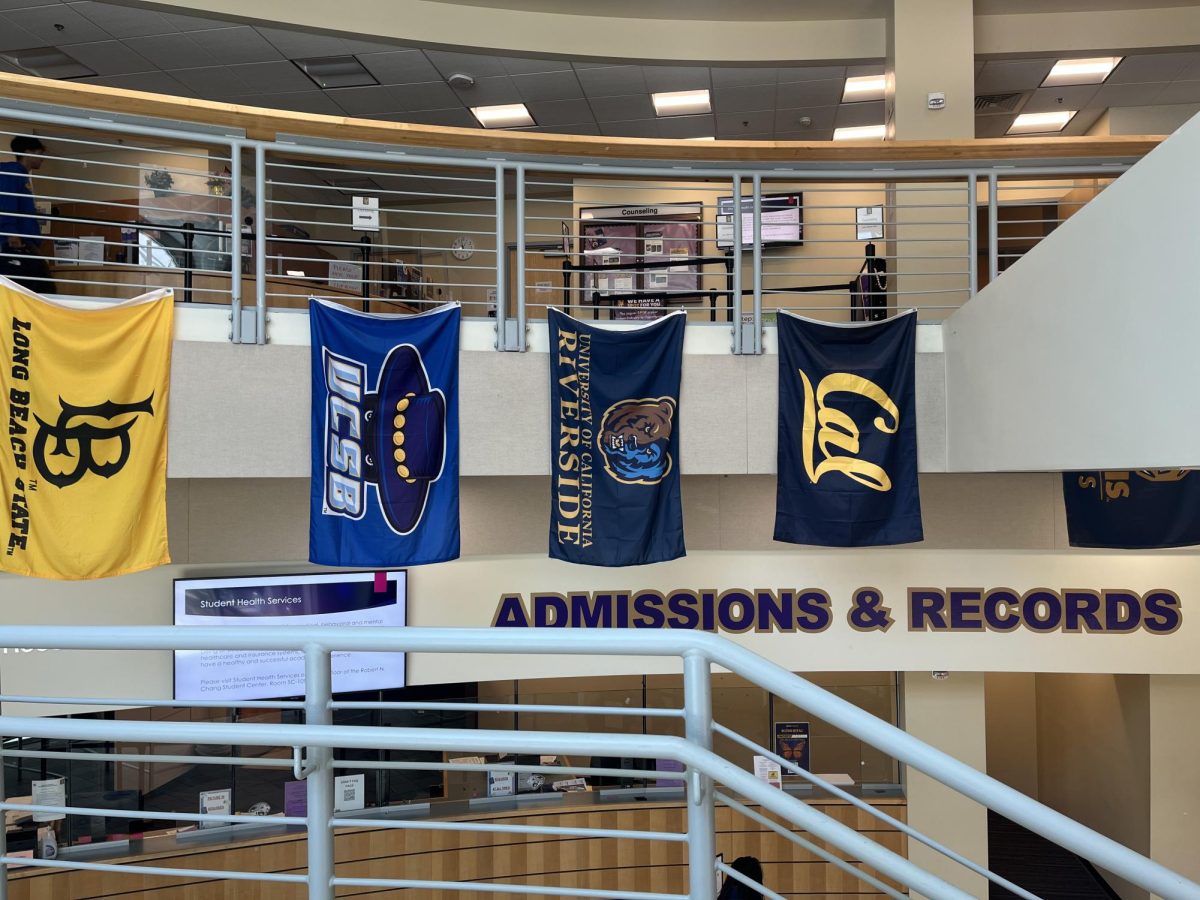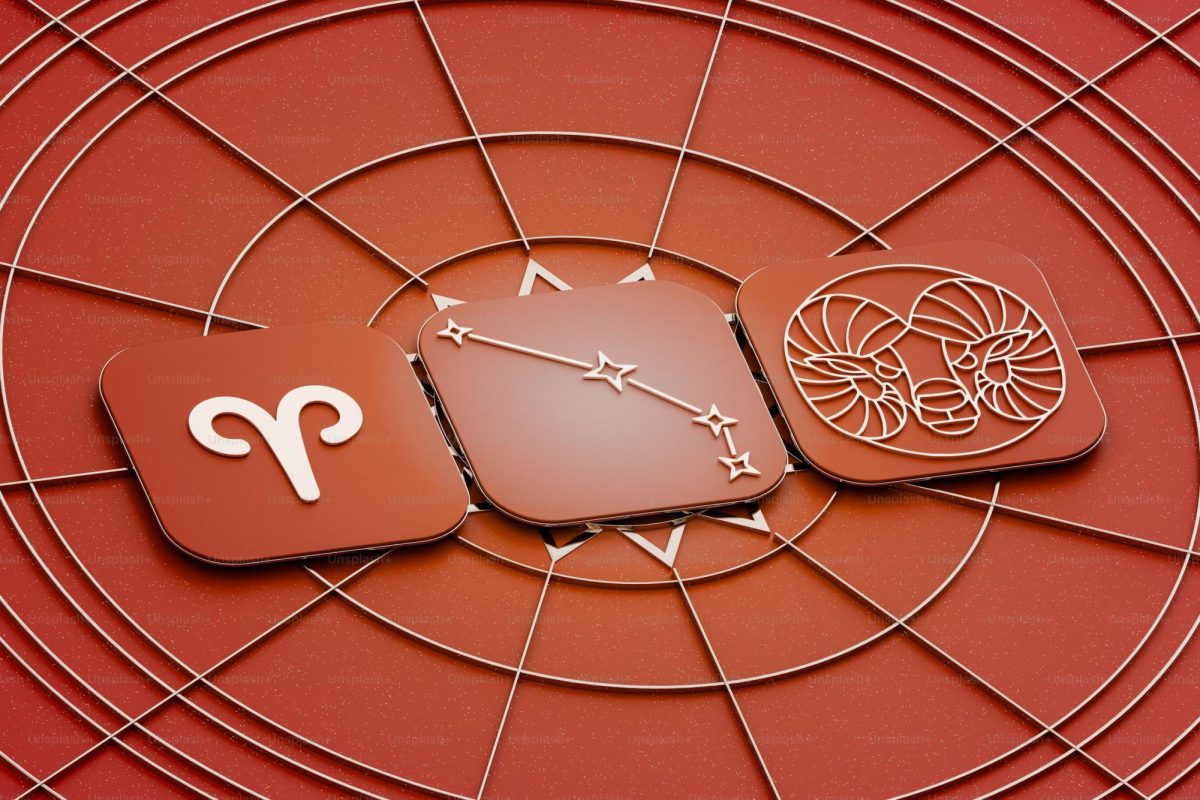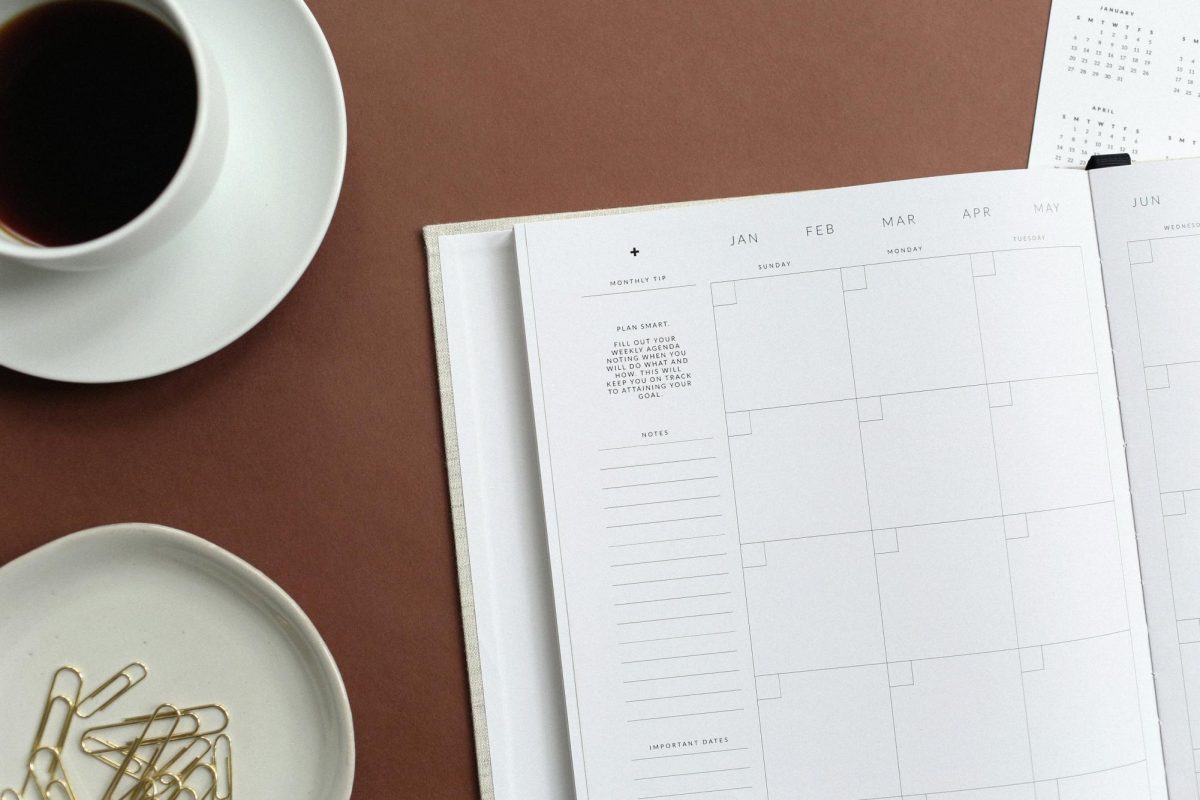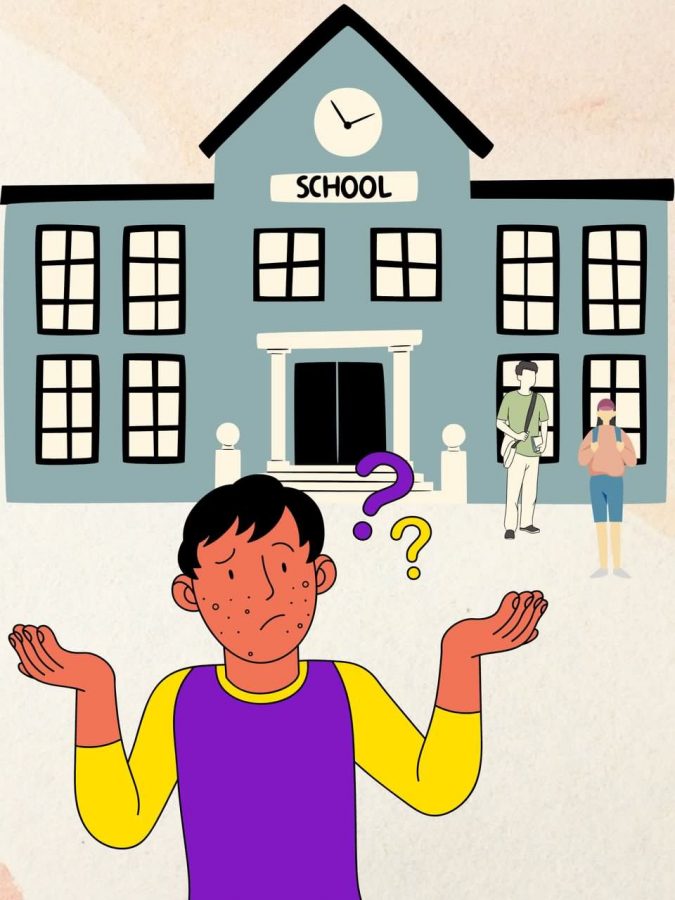[media-credit id=1 align=”aligncenter” width=”600″]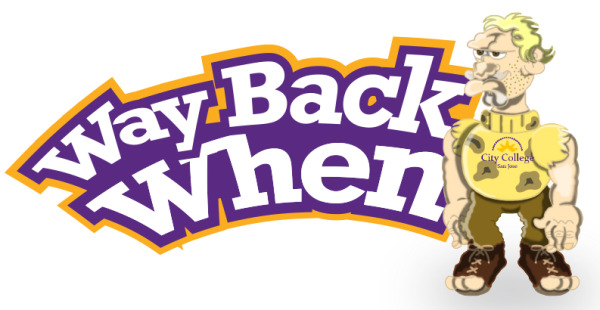 [/media-credit]
[/media-credit]
As students walk through the campus of San Jose City College, little is known about the history of our campus. For instance in 1921, San Jose City College was known as San Jose Junior College.
During the same year San Jose City College was located on the campus of San Jose High School, which is at the corner of 24th St and East Julian St. in San Jose. The first campus student body consisted of 85 students according to Charles Hunter former instructor at San Jose City College.
In 1928 the campus relocated again to San Jose State University, after voter established a Junior college district. In 1936 San Jose City College merged with San Jose Unified School District.
Due to overcrowding of San Jose State University due to returning veterans from World War II, the decision to move the location of San Jose City College changed once again and to the new campus of San Jose Leland Technical School on Camden Ave in San Jose.
The curriculum of the junior college was still housed at the campus of San Jose State University and was an exclusive transfer program and served as a feeder to the state college system. At that time there were few certificate programs and the most unusual program was watch making.
The focus of junior college would shift dramatically after the college moved to its own campus and marked the end of the transfer emphasis and instead focusing on a two year program complete with primary courses of trades and technical as well as general courses. 1953 marked the final day that San Jose junior college would be associated with San Jose State University.
In 1953, San Jose City College moved to the location of Moorpark and Bascom. Class were held for a ten-week sessions and offered the latest in technology, television servicing and enrollment would grow to 182. The curriculum would expand to auto, aircraft mechanics, home economics, auto body repair, cabinet making and agriculture.
On July 1, 1958, an official name change from San Jose junior college to San Jose City College. From 1921 to 1966; San Jose City College was the only junior college in the County of Santa Clara.
In 2001, the football field and track were dedicated and work began on parking for the campus. At that same time plans were in place to build a Library and Learning Resource Center according to Hunter.
The Cesar Chavez Learning Resource Center and the Technology Center were completed in 2003. The student Center was completed in 2004 and located next to a new parking garage with plenty of space to accommodate student needs. A science building is slated for completion in 2007 and at that time plans for the future include new facilities for Physical Education, Cosmetology, Math, Arts & Humanities, and Health Sciences according to the San Jose College website.
Some interesting facts from 1921 to 1966; San Jose City College was the only junior college in the County of Santa Clara. In 1961; a student handbook for San Jose City College had a dress code for women that stated slacks and shorts may not be worn by women student or teachers on campus at any time and only with approval that required such clothing.
San Jose City College notable alumni include Dave Righetti pitching coach for the San Francisco Giants, Jim Cadile of the Chicago Bears, and Kim Bokamper of the Miami Dolphins according to Hunter.
San Jose City College Song
Our voices rise this day to you
To City College we’ll ever be true
We pledge to you our loyalty
To honor and praise you
Whatever we may be. Wherever we may be
Our hearts will be forever here
Our alma mater we hold ever dear
And as we go our separate ways
We will not forget you
And our City College days…and our City College days
So as you run from building to buildings remember that there is a lot of history of San Jose City College from Way Back When………
[media-credit name=”google” align=”aligncenter” width=”560″] [/media-credit]
[/media-credit]
This is an aerial photo from 1967 of San Jose City College. At the far left the parallel buildings are the 100-200-300 wings of San Jose City College campus. (The three parallel rows of the smaller building). In the right corner Bascom Elementary School which was designated to be a baseball field. Highway 280 ended because there was no highway 17 at that time.


